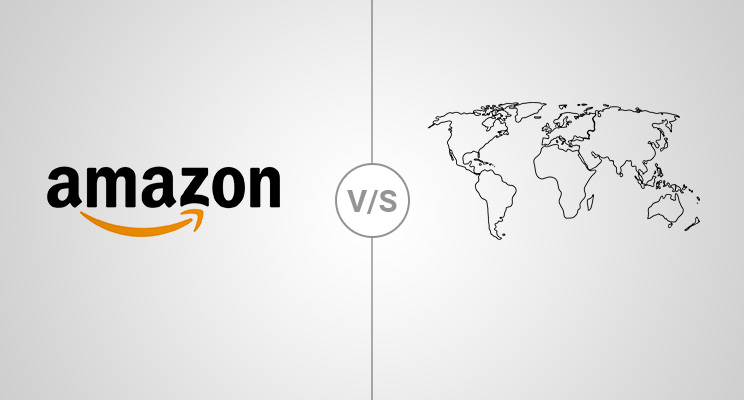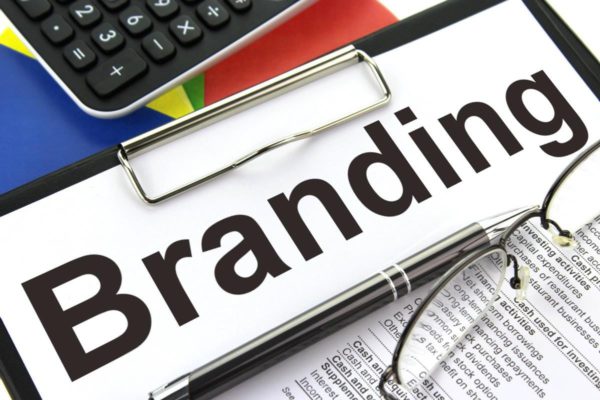For years, the debate about Black Friday has been raging and dividing public opinion on its merits as merchants world-wide have happily adopted another American commercial holiday. But how do consumers world-wide really feel about Black Friday? Why has this day become so infectious, and is there a smart way to claim your piece of the pie?
Let’s start by tracing back to the origins of Black Friday. Why is it called “Black Friday”? It turns out that its meaning has changed substantially over time.
Most people know Black Friday as the day after Thanksgiving, when stores open early and offer various sales. These stores are often “in the black” (profitable) that day.
However, the original story behind Black Friday is much darker. The term “Black Friday” was first used on September 24, 1869, to mark a 20% stock market crash triggered by a gold rush initiated by an investor named Jay Gould. With Thanksgiving only eight weeks ahead, farmers suffered a 50% dip in wheat and corn harvest value.
In the 1950s, Philadelphia police referred to “Black Friday” to coin the annual frenzy that occured when hordes of suburban shoppers and tourists flooded into the city in advance of the big Army-Navy football game held on that Saturday every year. Not only would Philly cops not be able to take the day off, but they would have to work extra-long shifts dealing with the additional crowds and traffic. Shoplifters would also take advantage of the bedlam in stores to make off with merchandise, adding to the law enforcement headache.
By the late 1980s, “Black Friday” had spread nationally with the more positive “red to black” backstory. As this story goes, after an entire year of operating at a loss (“in the red”) stores would supposedly earn a profit (“went into the black”) on the day after Thanksgiving, because holiday shoppers blew so much money on discounted merchandise.
Fast forward to 2021 and Black Friday has evolved to a colloquial term worldwide to represent the shopping discount frenzy around the Friday following Thanksgiving Day in the United States.
If we examine the top-of-mind associations that consumers today have when exposed to “Black Friday” (often used as clickbait), we notice something interesting.
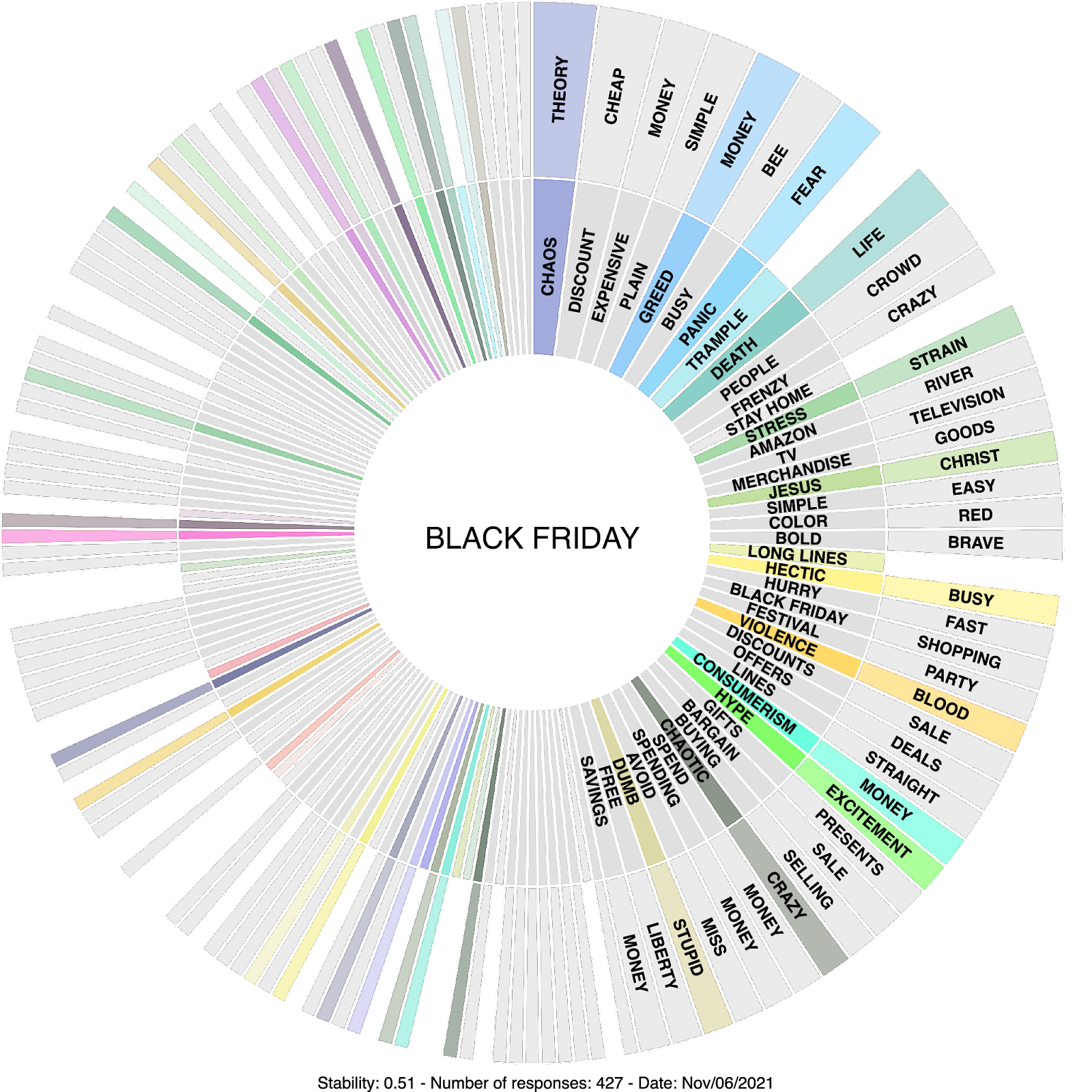
With top of mind associations like “panic”, “trample”, “death”, “stress”, “violence”, “chaos”, “stay at home” the negative emotions seem to overwhelm people.
The positive emotions associated with Black Friday from the 1950s and 1980s backstories have over time been diluted and replaced by negative associations, such as: “horrifying” “disaster”, “lunacy” or “the worst day”.
If we take a closer look at the wheel of associations, we find only two shopping brands hidden in the long tail of the wheel.
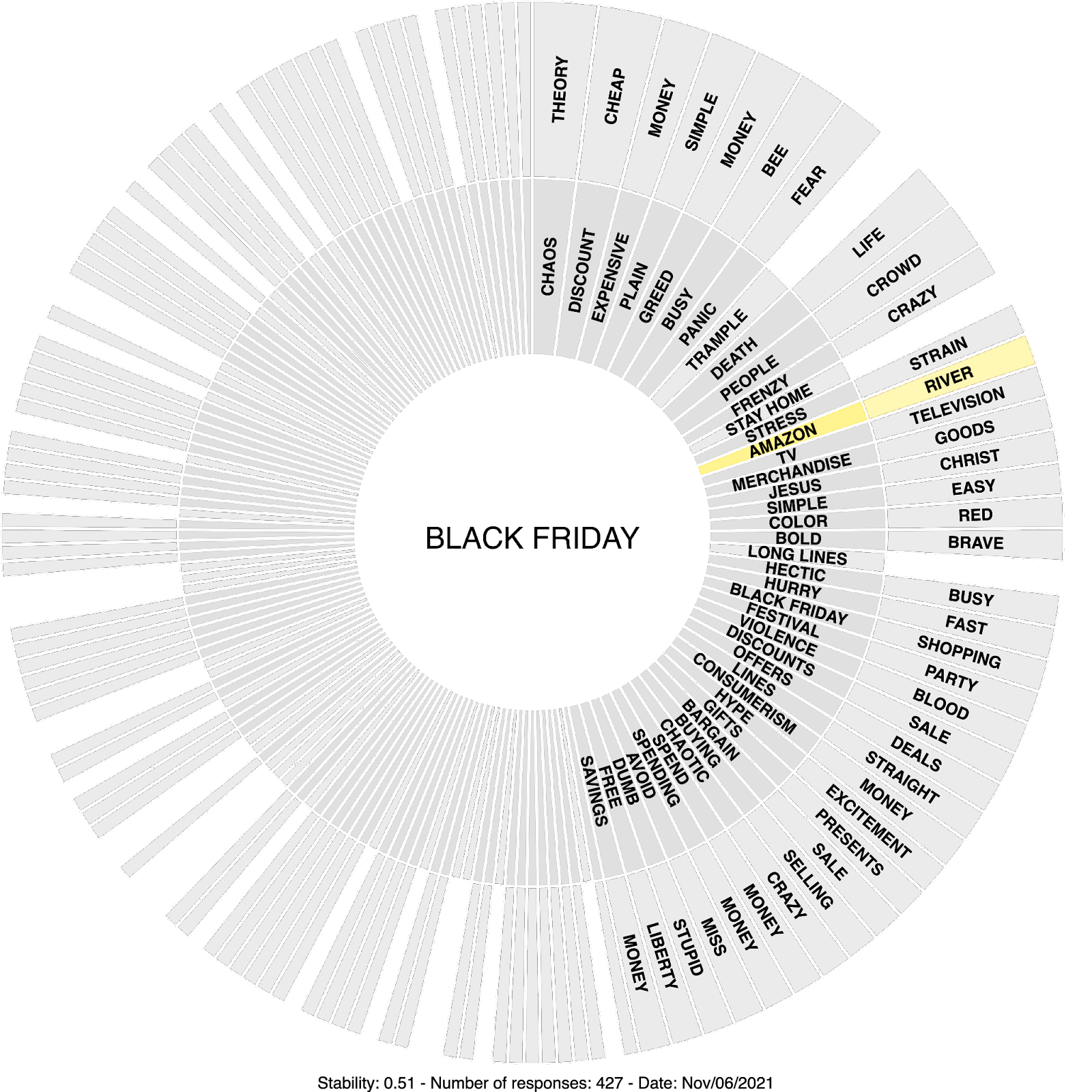
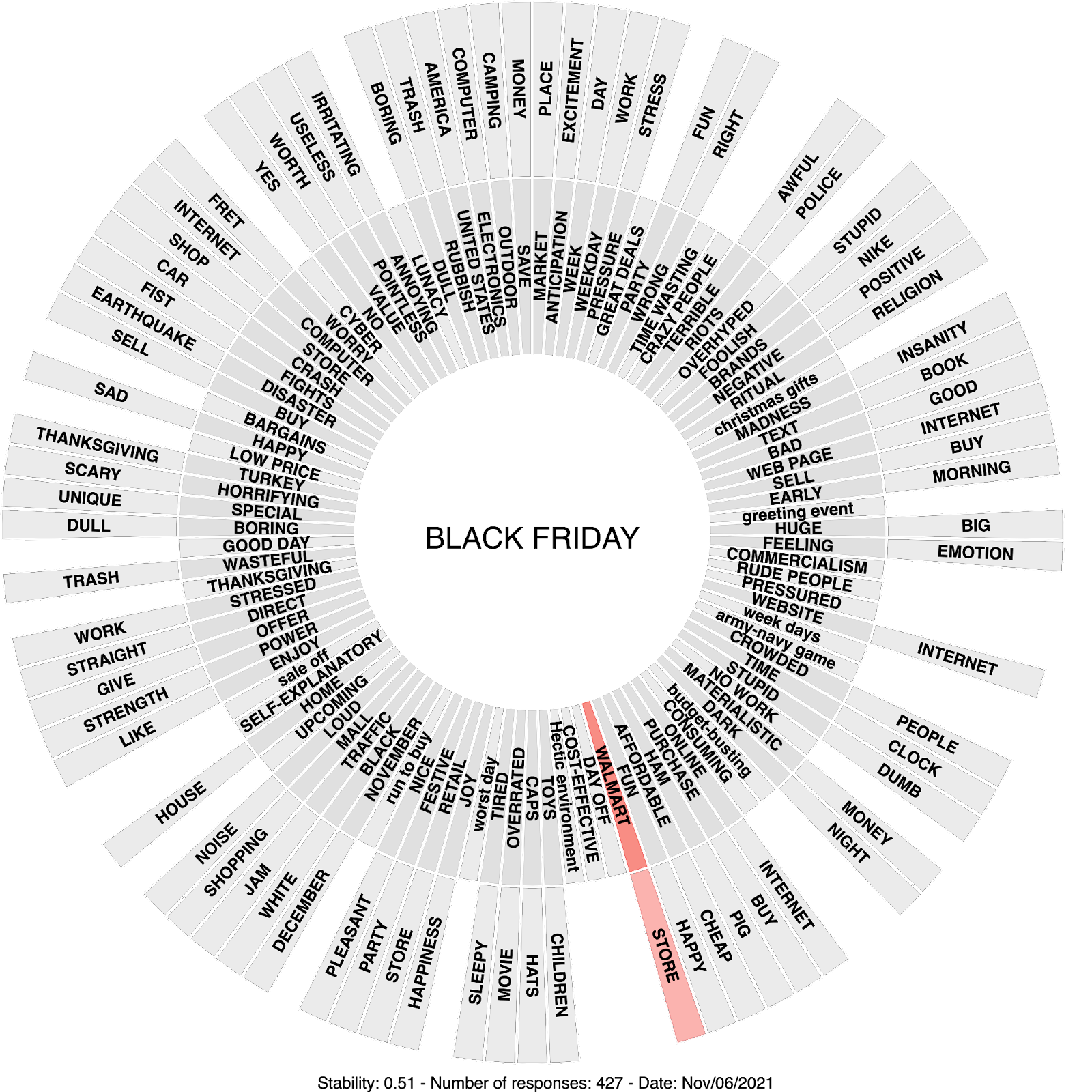
The “Black Friday” label, adopted world-wide as the day for bargain shopping evokes only two top-of-mind retail brands: Amazon for online shopping and Walmart for traditional retail.
Two questions come to mind:
- Could there be a link between these two brands and the increasing number of negative emotions overwhelming the consumer headspace?
- Is there a way for the challenger retail brands to enter the customers’ top-of-mind?
Mindspeller offers some clues.
First of all, tracking brands on the implicit (unconscious) level allows us to substantiate suspicions of growing distrust in big name brands like Amazon and Walmart. Underdog brands have an opportunity to leverage more positive implicit associations in their marketing strategies to help them rival bigger competitors.
Second, the graph below illustrates how an underdog retail brand can use Mindspeller to easily find intended emotions and shared customer passions.
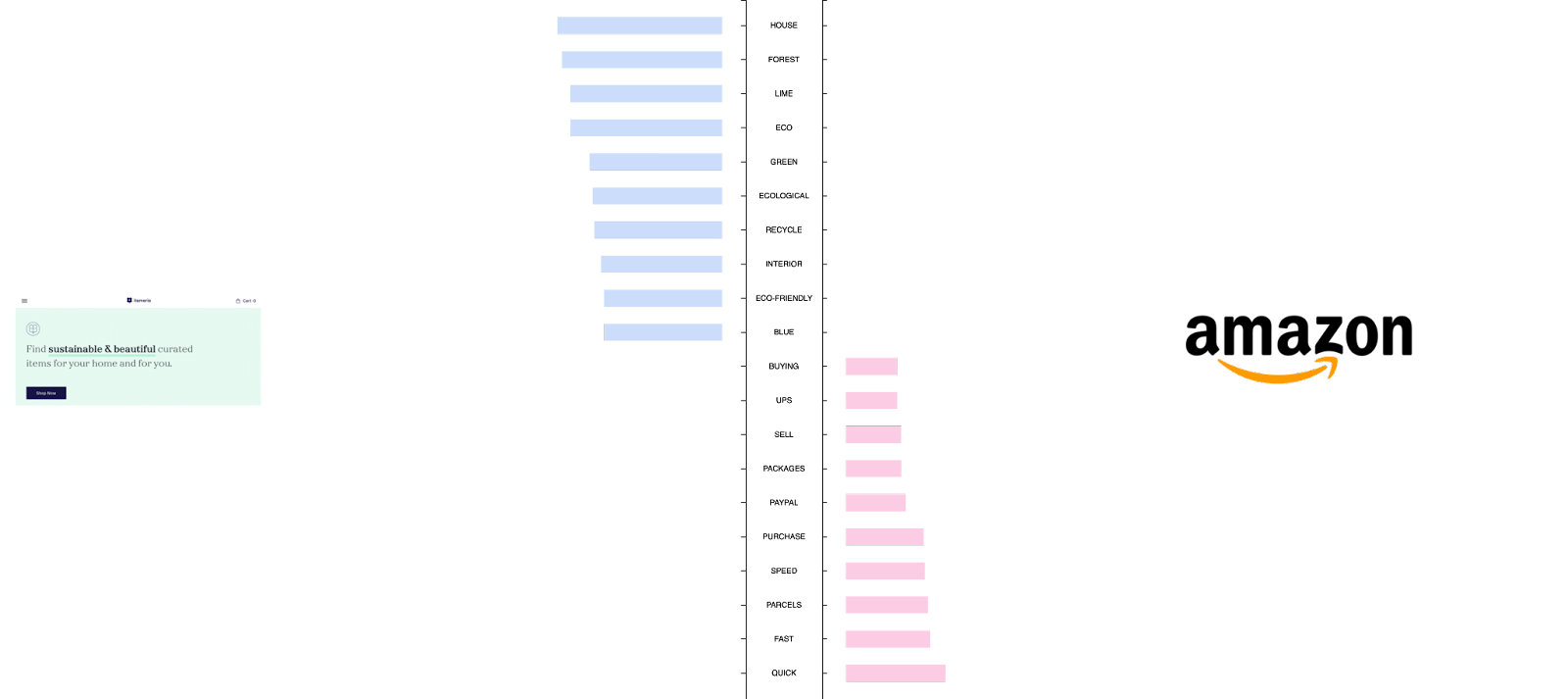
Challenger brands use Mindspeller’s Competitive Profiler to scan the long tail of the Association Wheel to get an implicit verbal identity that best distinguishes them from a competitor like Amazon.
This challenger online retailer brand clearly evokes emotions with warm, green home interior, ‘eco’ associations that can be used as shared customer passions to enter the customer’s top-of-mind

With Mindspeller’s MoodSearch™, consumers can connect with underdog brands, based on shared customer passions that are difficult for most consumers to express in keywords.

In conclusion, leveraging the power of implicit associations for brand strategy, underdog brands as well as big name brands have the opportunity to contribute more positive and original associations to the gradually evolving Black Friday narrative as part of our collective subconscious.
Book a discovery call now and find out how you can restore the positive spirit of Black Friday by connecting with your customers on a deeper level.

